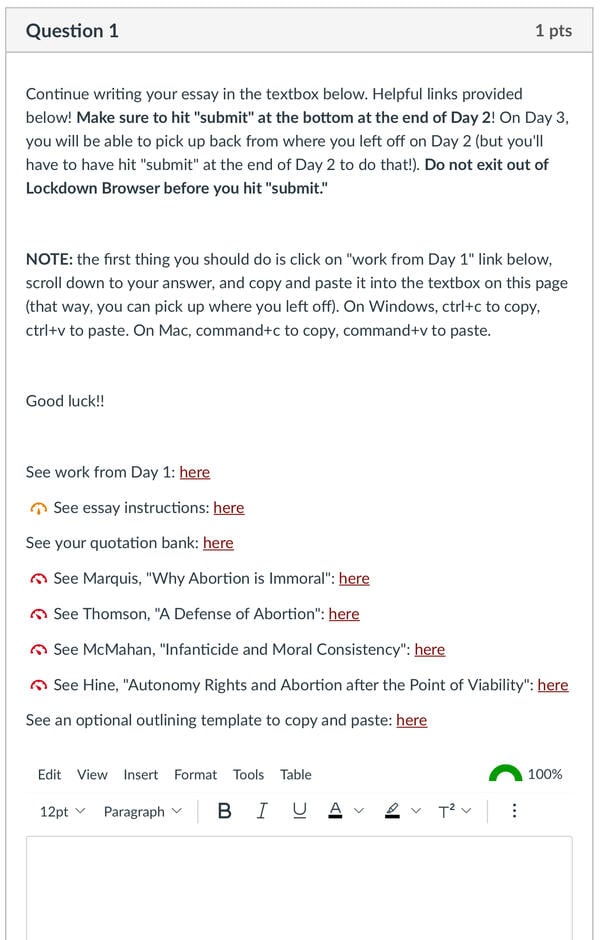Developer Offer
Try ImaginePro API with 50 Free Credits
Build and ship AI-powered visuals with Midjourney, Flux, and more — free credits refresh every month.
Rethinking Essays in the Age of AI
A successful humanities course cultivates critical, personally enriching skills by immersing students in new perspectives and ideas. Historically, the take-home essay has been the prime assessment for developing these skills. The process of writing and editing over several days allows students to grapple with complex problems and truly form their opinions, an experience not replicated by a single in-class writing session.
The Crisis of the Humanities Essay in the AI Era
Unfortunately, the rise of ChatGPT has made traditional out-of-class essays difficult to justify. When students can outsource the generation and analysis of ideas to AI, the intense personal engagement central to the humanities is lost. As AI tools become more sophisticated, the temptation for students to use them grows, and it becomes nearly impossible for professors to reliably detect their use.
After extensive experimentation, I've found that for introductory philosophy courses, ChatGPT can produce work with minimal prompting that rivals what we can reasonably expect from students. It can even be trained on course readings and adopt a specific voice. Student reliance is already significant. Based on my own detection efforts, I estimated at least one in six students were obviously using AI, leading me to believe the real number using it in ways that violate academic integrity is closer to 30 percent.
Why Traditional Detection Methods Fall Short
AI-detection software is often unreliable, and many universities prohibit its use. Some educators believe tracking changes in a Google Doc is a sufficient deterrent, but it is not. Students can simply retype AI-generated content or use readily available browser extensions that "type" text at a humanlike pace, complete with pauses, to create a convincing document history.
Faced with this challenge, I dedicated my winter break to developing a new assignment model using Lockdown Browser, a tool that integrates with learning management systems (LMS) like Canvas to create a controlled testing environment.
A New Solution A Multiday In-Class Essay
I designed a multiday in-class writing assignment. Within Lockdown Browser, students have access only to approved materials: PDFs of the readings, a personal quotation bank they previously uploaded, an outlining document, and the essay instructions, which they receive a week in advance.
On Day 1, students enter a Canvas quiz through Lockdown Browser where all their resources are available in separate tabs. They spend the class period outlining and writing before submitting their progress.
Between sessions, students can view their work on Canvas to continue thinking about their topic, but they cannot edit it. To counter students memorizing AI-generated ideas, an instructor can introduce small wrinkles to the prompt during the in-class sessions, such as requiring discussion of a specific new example.
How the Assignment Works Day by Day
On Day 2, students return to class and can immediately resume writing where they left off. Here is what the Day 2 session looks like:

This process can be repeated for a third session if needed. For a 700-word essay, I used two 75-minute classes or three 50-minute classes. This format gives students access to everything they need and nothing they don't. While it required troubleshooting, this model offers a promising path forward.
Preserving the Power of Sustained Thinking
This setup successfully preserves the most valuable aspects of traditional essays. Students think deeply about a topic over an extended period, form their ideas through sustained reflection, and benefit from stepping away and returning to their work. Several students told me they completely changed their thesis between Day 1 and Day 2. They might start by objecting to a view, but after writing and reflecting, realize they now want to defend that original view. This is precisely the kind of intellectual development we want to foster—an experience lost in a single-session exam.
Furthermore, because each day's work is documented, it creates excellent opportunities for students to reflect on their writing process and for incorporating peer review at various stages.
Technical Setup and Resources
For those interested in implementing this, I've created a detailed video tutorial that explains the step-by-step setup in Canvas, including troubleshooting. The basic technical steps are:
- Create a Canvas quiz for Day 1 as an essay question, linking to resources with the "Preview Inline" display option. Require Lockdown Browser with a password.
- After Day 1, post arbitrary grades so students can read (but not edit) their submitted work.
- Create a similar quiz for Day 2, but in the essay question, link to the Day 1 quiz using an "external link."
As I said at the start, a successful humanities course is transformative. My research shows that I can no longer be confident that a course relying on out-of-class essays can achieve this. Yet, abandoning sustained essay writing entirely deprives students of a foundational learning experience. A model like this multiday, in-class assignment is worthy of serious consideration.
Compare Plans & Pricing
Find the plan that matches your workload and unlock full access to ImaginePro.
| Plan | Price | Highlights |
|---|---|---|
| Standard | $8 / month |
|
| Premium | $20 / month |
|
Need custom terms? Talk to us to tailor credits, rate limits, or deployment options.
View All Pricing Details

